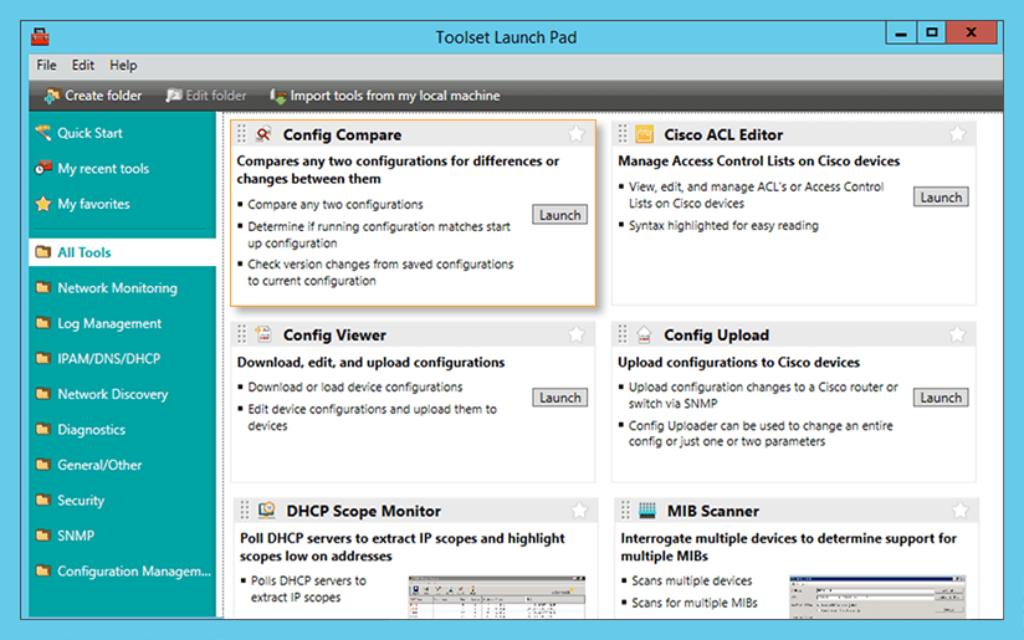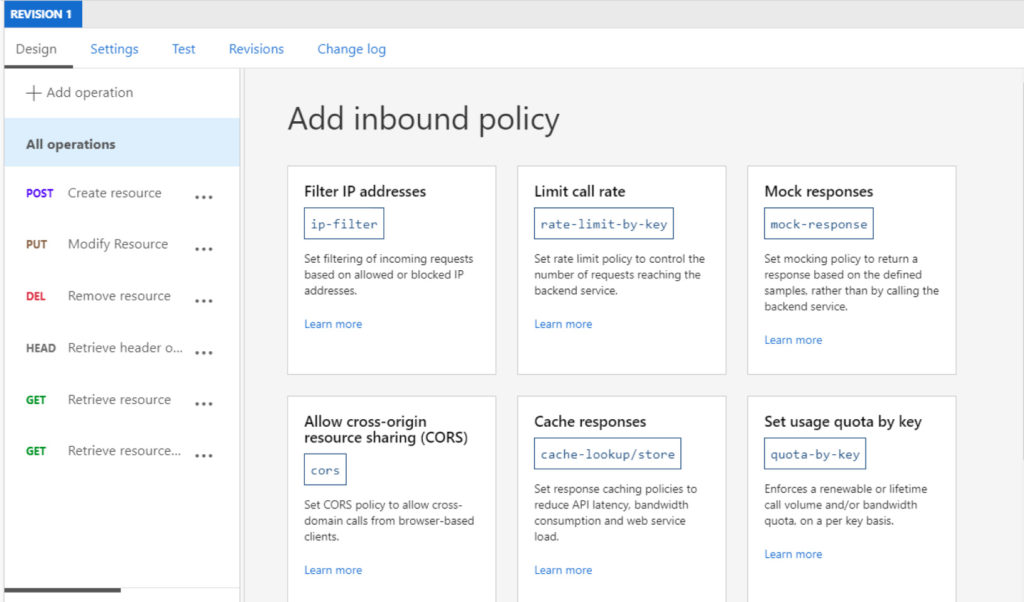A network management API is a tool that facilitates communication among the many applications that NetOps uses for network administration. Given the complex and geographically dispersed device ecosystem of today’s enterprises, NetOps increasingly defers security, monitoring, and performance tasks to network management APIs.
Network management APIs are used for a range of functions, such as:
- Advanced Peer-to-Peer Networking (APPN)
- Change request descriptions
- User filters
- Node lists that contain systems or processing locations that carry specific identification markers, namely a remote location name and an address type, such as DLC or MAC
- Systems Network Architecture Management Services Transport (SNA/Management Services Transport) that allows different devices to communicate with one another
As the digital transformation of the last two years drives up the number of user endpoints and the apps they use, the seven trends below reveal the most important aspects of network API management to keep up with the evolution of more complex device ecosystems.
1. Automation and Consolidation with AIOps
AIOps does the heavy lifting of network management by automating tasks, such as in-depth data analysis, network requests, and other key network management tasks, which is useful for troubleshooting and network security. In addition, AIOps streamlines analytics into one centralized hub, so that changes made from anywhere in the network are reflected to all users.
Also read: The Future of Network Management with AIOps
2. Real-time Data
Having the most up-to-date information is crucial to network management, particularly when those working NetOps are geographically dispersed and constantly making changes to the system in different time zones around the globe.
Network management APIs facilitate information exchange at a deeper level, such as device and configuration information, thereby increasing breadth and depth of network visibility and the speed with which errors can be fixed.
3. Scalability
As enterprises and their device ecosystems grow, network management APIs must enable an organization’s network management to scale accordingly in order to handle increased capacity of endpoint connections, requests, and more.
Load testing tools, such as SolarWinds WAN Killer, allows for testing connections and configuring IP traffic to reach the optimal network load.

Also read: Best Network Testing Tools for Speed & Performance
4. Security
APIs provide a broad attack surface, making them vulnerable to hackers. Plus, the proliferation of remote and hybrid work models necessitates a wide range of apps, each with their own standards, gateways, and frameworks—making it difficult to manage them all. MuleSoft’s research suggests that the typical enterprise uses more than 800 applications on average.
As a result, APIs with built-in security measures continue to be important for network management, as they help prevent connected applications from threats and alert network administrators to unusual activity, even within the API itself.
Also read: Fighting API Sprawl in the Modern Cloud Maul
5. Consolidation and Streamlining
Given the API sprawl and its accompanying security threats, NetOps is turning more often to platforms that bring all APIs together under one roof for easier management.
MuleSoft, Oracle’s API Manager, and Azure’s API Management provide a single interface through which NetOps can securely access and manage all APIs that are used across the organization. Network administrators can group APIs together for more efficient use, set up automated processes, apply user limits to APIs, and more.

6. Open-Source
Given the importance of customizable code in network management, open source network management APIs have grown in popularity, allowing users to access a catalog of functionalities, such as network performance monitoring and diagnostics, that can be modified to fit their own infrastructure.
Importing and customizing open-source capabilities has a trickle-down effect of improving user experience. Today’s end users expect fast, omnipresent, and personalized interaction with apps. Open-source networking APIs facilitate seamless communication, especially between mobile apps, without the need for NetOps to reinvent the wheel.
Also read: Best Open Source Network Monitoring Tools 2021
7. User-centric
With network management APIs facilitating communication between applications across a vast network of digital endpoints at any given moment, user experience is getting more attention. Users must be able to seamlessly move from one application to the next.
Network administrators have a lot on their plate. Luckily network management APIs and their platforms are evolving to make their jobs easier by automatically performing repetitive tasks for them, keeping an organization’s hundreds of APIs in one central hub, all while keeping end users happy and network data secure.
Read next: 7 Enterprise Networking Trends to Watch in 2022
The post 7 Trends in Network Management APIs appeared first on Enterprise Networking Planet.

